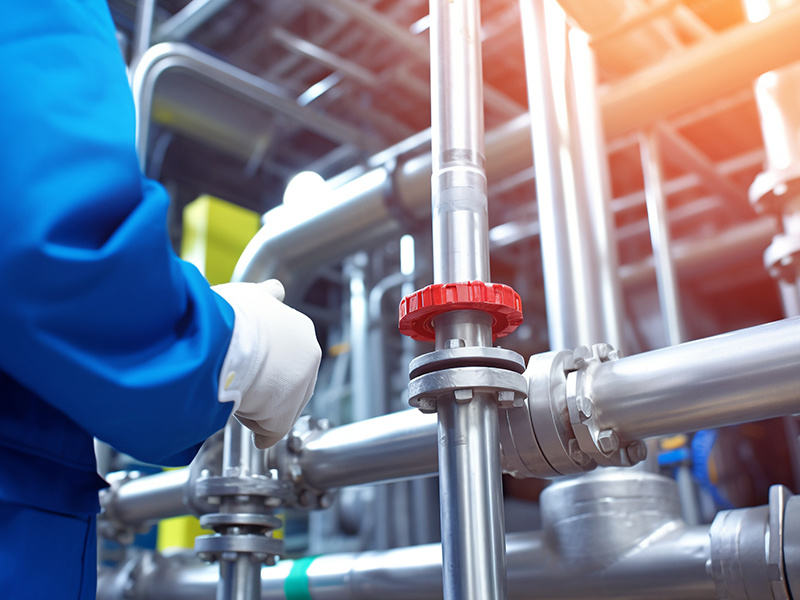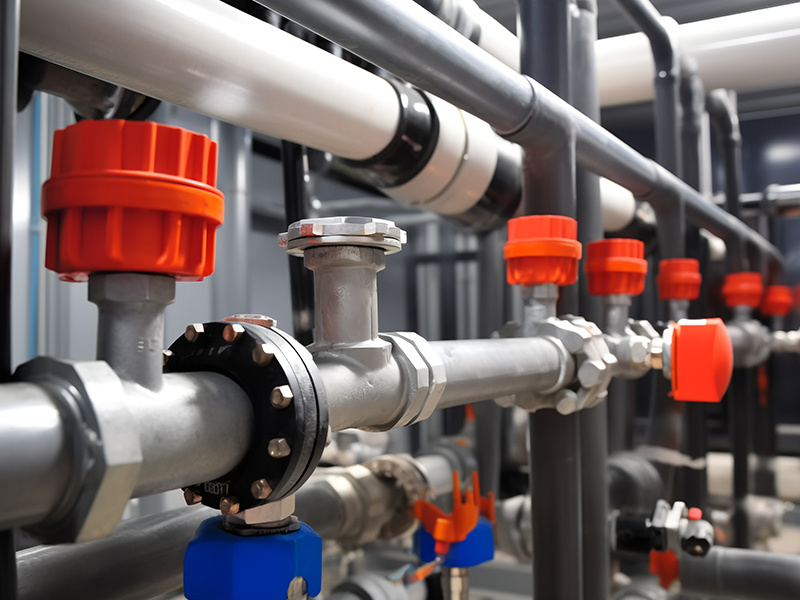Unlocking the Power of Check Valves: A Comprehensive Guide
Release Time:
Jun 22,2025
Discover the essential role of check valves in fluid systems and their applications.
What is a Check Valve?
Ever wondered how fluids flow smoothly in a pipeline without causing chaos? Well, let me introduce you to the unsung hero of the plumbing world: the check valve. This nifty little device allows fluid to flow in one direction while preventing backflow, ensuring systems run efficiently. Think of it as a one-way street for liquids!
Why Use a Check Valve?
Imagine your daily routine: you wake up, brush your teeth, and turn on the faucet. If that water decided to flow backward, you'd be in quite the mess! Check valves are crucial in various applications—from household plumbing to industrial machinery. They help maintain pressure, prevent contamination, and protect pumps from damage. In short, they keep everything flowing smoothly.
How Does a Check Valve Work?
So, how do these little wonders do their job? A check valve works on a simple principle: when fluid flows in the intended direction, it pushes a disc or ball off its seat. But when the flow attempts to reverse, the disc or ball is pushed back into place, sealing the outlet tight. Voila! No backflow, no problem.
Types of Check Valves
There are several types of check valves, each tailored for specific needs:
- Ball Check Valve: Uses a ball to block reverse flow; ideal for low-pressure applications.
- Lift Check Valve: Features a disc that lifts off its seat; commonly found in steam applications.
- Swing Check Valve: Has a swinging arm; perfect for gravity-fed systems.
- Diaphragm Check Valve: Uses a flexible diaphragm; great for handling corrosive liquids.
Applications of Check Valves
The applications of check valves are as diverse as they come! Here are just a few:
- Water Supply: Ensuring clean water flows without contamination.
- Pumping Systems: Protecting pumps from damage due to backflow.
- HVAC Systems: Maintaining airflow in heating and cooling systems.
- Oil and Gas: Preventing backflow in pipelines, ensuring safety.
Benefits of Installing Check Valves
Aside from preventing backflow, installing a check valve comes with a slew of benefits:
- Efficiency: Helps maintain optimal flow rates.
- Protection: Shields your systems from potential damage.
- Cost-effective: Minimizes downtime and repairs.
Maintenance Tips for Check Valves
Even though check valves are designed for durability, a little maintenance goes a long way:
- Inspect regularly for leaks or corrosion.
- Check for proper seating to ensure efficient operation.
- Replace or repair as needed to avoid system failures.
Final Thoughts
To wrap it up, check valves may seem like small components, but their impact is profound. From ensuring safe water supply to protecting expensive machinery, these devices are a must-have in any fluid system. So, the next time you turn on your tap or fire up your pump, give a little nod to the humble check valve—the guardian of fluid flow!





